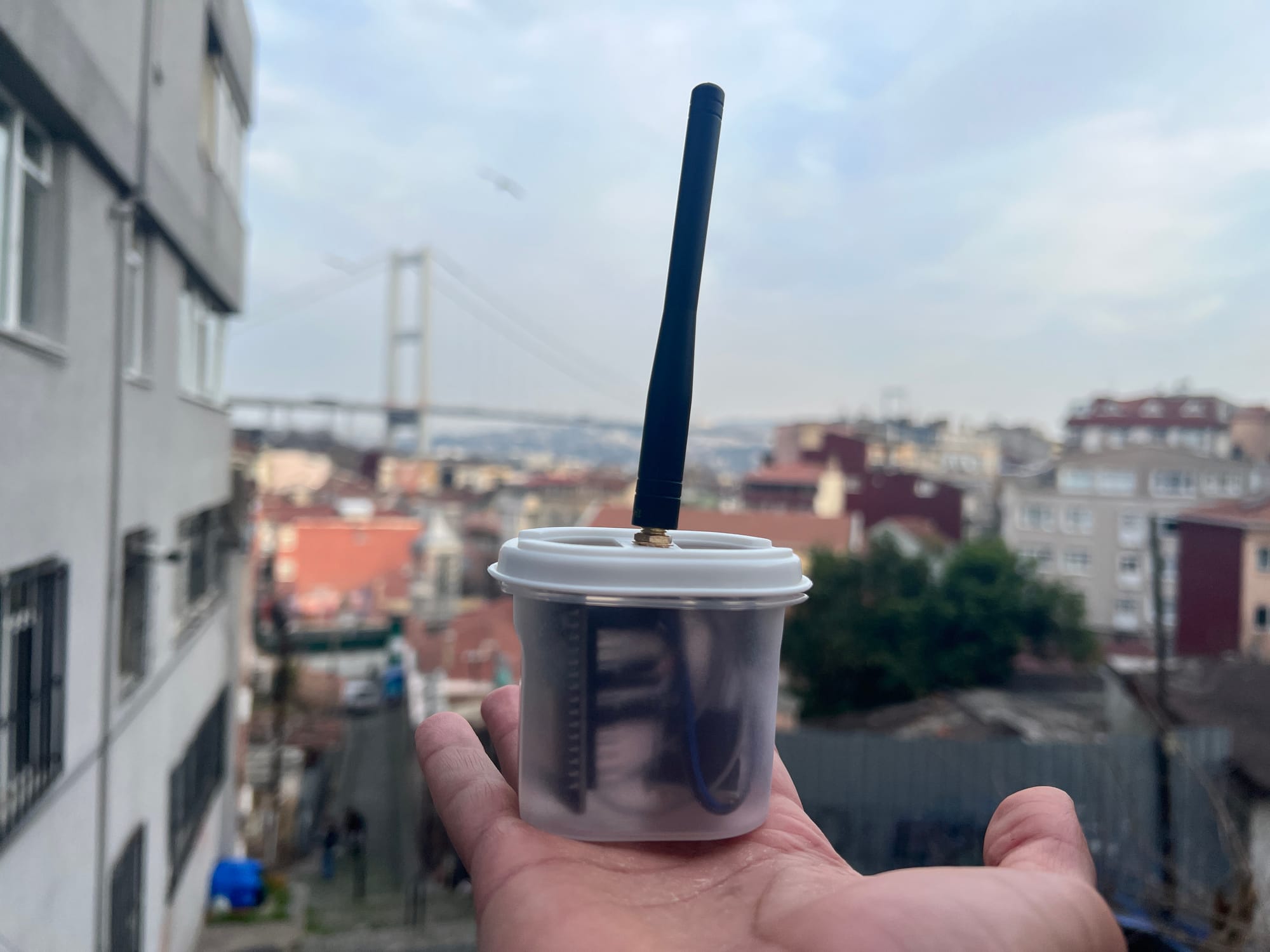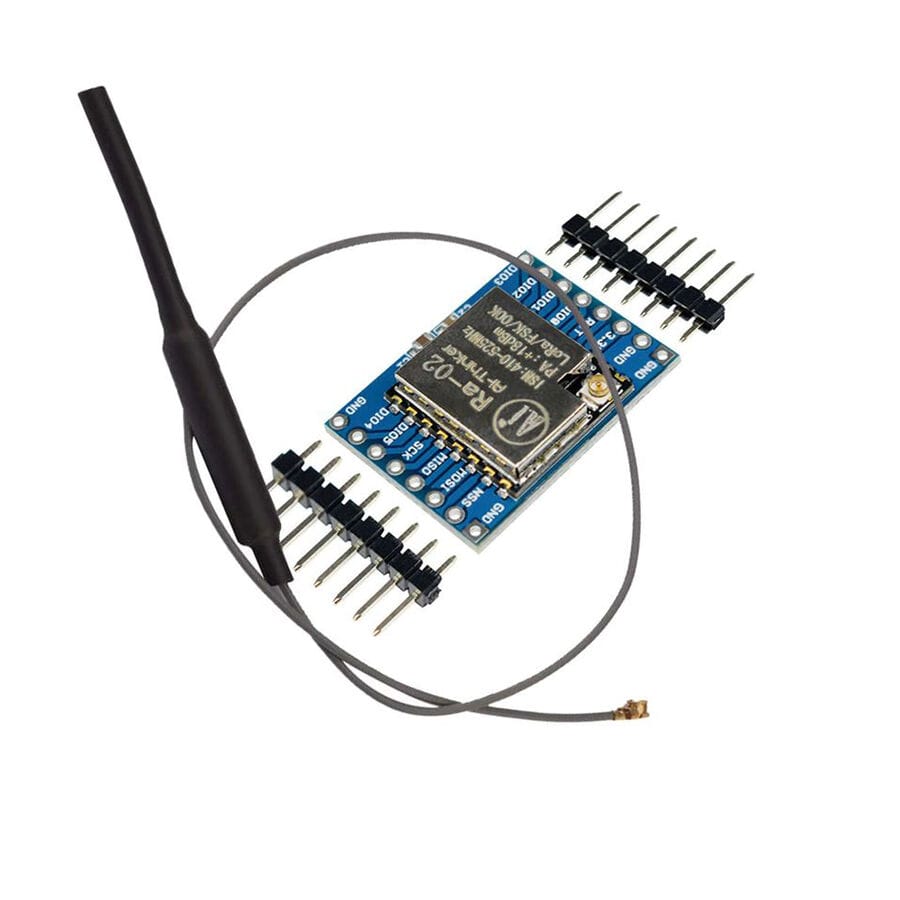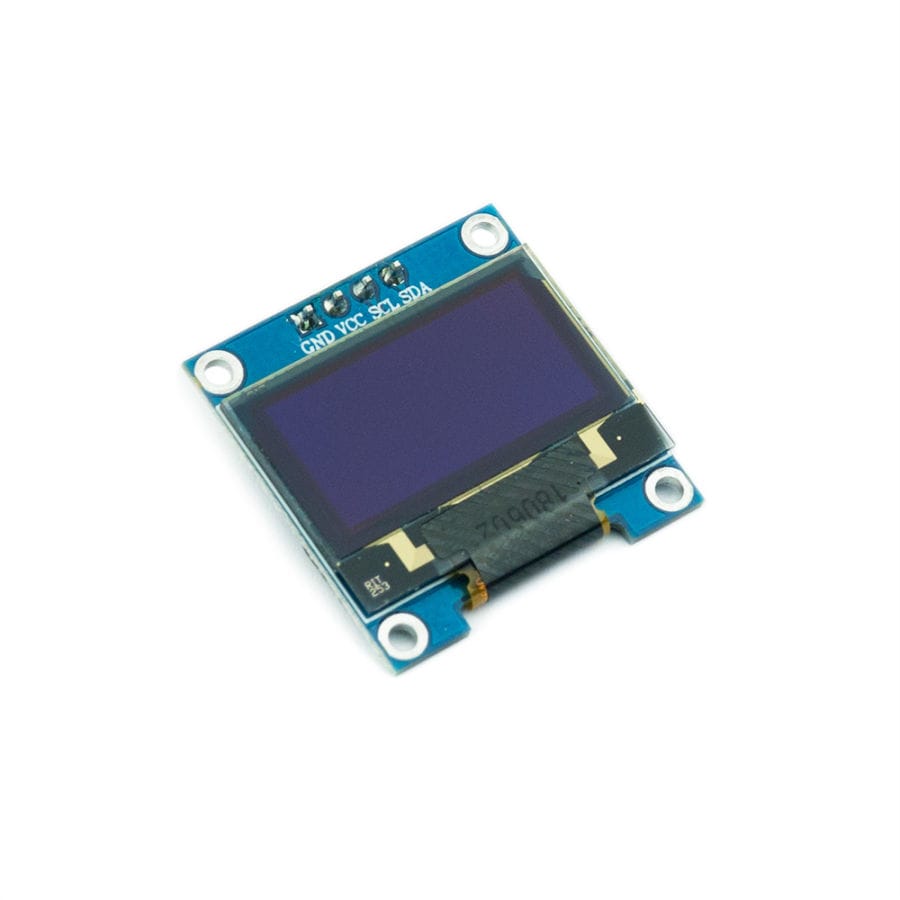Meshtastic DIY - How To Build Your Own Meshtastic Node ESP32 & Lora Radio
"Create your own Meshtastic LoRa Node with our easy DIY guide. A complete step-by-step for building your customized mesh communication system.


In this guide, we'll walk you through building your very own Meshtastic LoRa Node. Sure, you could easily buy a Heltec V3 for just 15 USD, but if you've got some spare boards lying around from old projects or you enjoy the satisfaction of building things yourself, then this guide is for you.
Hardware
Now let's get started with the hardware you need:
- 1x ESP-32S WiFi + Bluetooth Devkit V1 (30 PIN) - AliExpress Price 3.82USD
- 1x 433 MHZ LoRa Module Ra-02 DIP - AliExpress Price: 3.72USD
- 14x Female to Female Pin Connector - AliExpress Price: 0.42USD
- 0.96 inch I2C OLED - AliExpress Price: 1.29USD (Optional but you will need Serial Connection to Pair)
- 4x Female to Female Pin Connector (If you decide to go with screen)
- 1x Soldering Iron + 60/40 Solder Wire (Optional - You can go to a nearby electronic shop to solder the Lora header on the board)

We aimed to keep this guide as simple as possible for those new to the Meshtastic hype. Let's dive into the hardware breakdown. We've chosen the ESP-32S WiFi + Bluetooth Devkit V1 (30 PIN) – a compact board. If you're thinking of adding numerous sensors, you might consider the 38-pin version. Ensure it comes with pre-soldered headers. These boards are available in both USB Type-C and Micro USB variants, so opt for the one that aligns with the cables you already have.
When it comes to the Lora chip, many are sold as SMC (Surface Mount Component), making them quite small and potentially prone to damaging the board. That's why we opted for the Ra-02 DIP. The DIP version is mounted on an adaptor board, providing access to all the pins and making it a plug-and-play experience, just like building with Lego blocks. Keep in mind that you'll need to solder the header to the board. To keep costs low, check with your local electronic shop – they might offer soldering services, saving you the hassle and expense of buying soldering equipment.
Finally, let's talk about the screen. While the node can function without a screen, having one is beneficial. The screen is particularly useful for pairing the node with your phone, although you can also pair it through a serial connection by finding the 6-digit number on the terminal. We strongly recommend getting a screen; they're reasonably priced and will significantly simplify your experience, making the whole process much smoother.
Assembly
The hardware is all ready and set now to the wiring. For this, we will follow the following Schematics
433 MHZ LoRa Module Ra-02 DIP

0.96 inch I2C OLED

Once all the wiring is completed following the provided schematics, your setup should look like the picture below. Double-check your connections and ensure they match the suggested layout before proceeding to the next steps in the construction process.
Flashing The Software
The Web-Based Installer requires either Chrome or Edge browsers but is an excellent choice for quickly flashing devices.
- Plug in your device
- Visit flasher.meshtastic.org *requires Chrome or Edge browser
- For device we will go with DIY V1
- Choose the latest stable version
- Click on Flash
The CLI Script is considered the "manual process" for flashing firmware. If the web-based flasher doesn't work, an alternative option is to use the CLI (Command Line Interface) script. While we won't cover it in detail in this guide, you can refer to the Meshtastic Guide for comprehensive instructions.
Pairing Devices
With the hardware assembled and the firmware flashed you're now ready to power up the Meshtastic LoRa Node and pair it with your phone. This step marks the exciting moment when your custom-built device begins its communication journey.
- Download the Meshtastic app on your phone. The app is available for download on both the App Store (iOS) and Google Play (Android).
- Head over to the Bluetooth page and wait a little bit, you should see a device popping up there.
- Choose the Meshtastic device you want to pair with from the list. The device's Node ID and other relevant information should be visible in the app.
- Meshtastic node will show the pairing code, enter that on your phone and wait for a second or two. You will be prompted to select your region. Go ahead and select EU433. The node will restart and you will be ready to go.
Conclusion
Building your own Meshtastic LoRa node can be a rewarding and cost-effective alternative to purchasing pre-made devices, especially if you have spare boards from previous projects or enjoy the satisfaction of DIY projects. The hardware requirements outlined, including the ESP-32S WiFi + Bluetooth Devkit V1, 433 MHZ LoRa Module Ra-02 DIP, and optional 0.96-inch I2C OLED screen, offer a versatile foundation for creating a mesh communication node.
The assembly process involves simple wiring, with a clear schematic provided for both the LoRa Ra-02 module and the optional screen. Soldering may be required, but local electronic shops can often assist with this step. It's emphasized that the screen, while optional, significantly enhances the user experience by simplifying the pairing process with the Meshtastic app on your phone.
Flashing the software is conveniently achieved through the web-based installer, compatible with Chrome or Edge browsers, or the CLI script for a manual process if needed. Careful attention during the flashing process is crucial to ensure successful firmware installation.
Finally, the pairing of devices with the Meshtastic app on your phone is straightforward. The app, available on both iOS and Android platforms, facilitates the identification and selection of the Meshtastic device, with a prompt to enter the pairing code displayed on the node. Following region selection and a brief restart, your DIY Meshtastic LoRa node is ready for use, providing a customizable and self-built solution for mesh communication.
What's Your Reaction?





















































